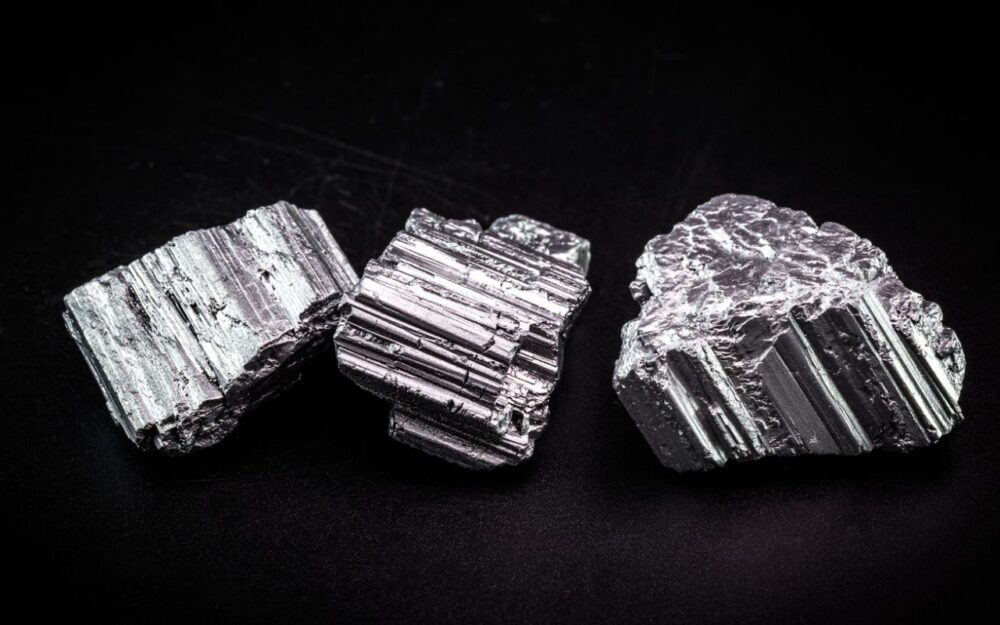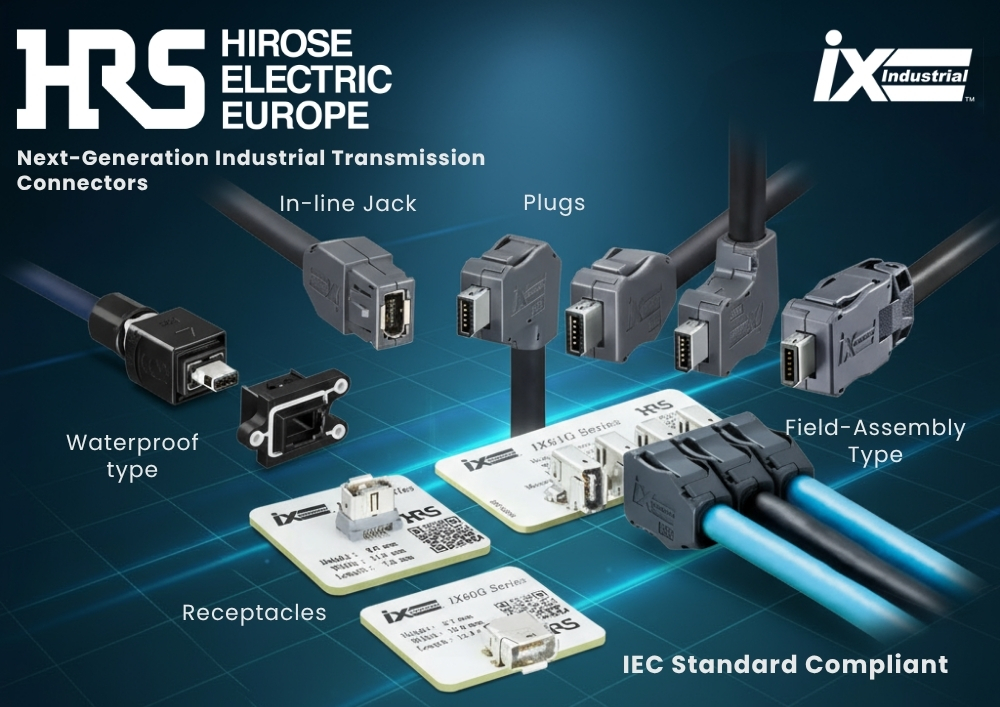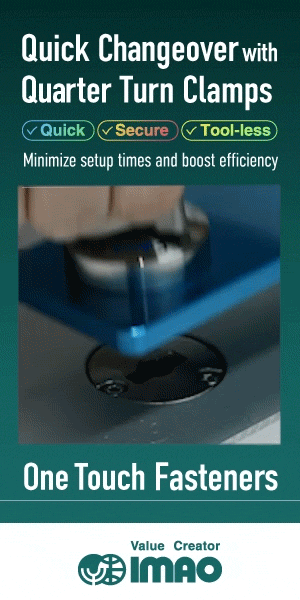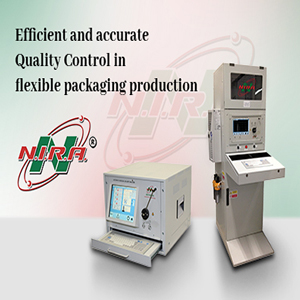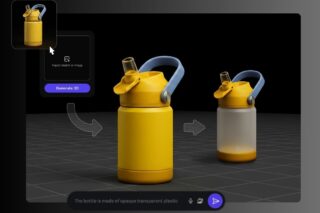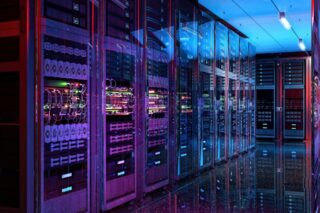Nine EU projects have urged the European Commission to introduce dedicated waste codes for permanent magnets. According to them, despite policies such as the Critical Raw Materials Act and the Clean Industrial Deal, there is still no specific system for tracking and monitoring waste containing permanent magnets. José Manuel Martín García, an associate researcher at Ceit—a Spanish applied research and technology center— explains why researchers in magnet recycling are calling for clearer guidelines on recycling industrial magnets in Europe.
When the electronic waste arrived at our processing plants, the first thing we did was test the chemical composition of the scrap. Our main goal was to recover the neodymium magnets inside and see how we could recycle them for further use in electronics like wind turbines or electric vehicles. After analyzing the scrap, however, we noticed a problem.
The scrap, which had come from e-scooters, contained a high proportion of cerium – an element that hinders the magnetic properties of magnets. As such, the scrap was essentially useless for our EU-funded research project HARMONY, as we needed to be able to create strong neodymium magnets.
A Letter
If we had known before receiving the scrap that it contained high amounts of cerium, we would never have accepted it, saving us both time and resources. Not knowing what’s in electronic scrap is a broader issue across the EU that is holding back the collection and recycling of permanent magnets. That’s why my colleagues and I decided to sign an open letter, published on June 19th, calling for the EU to implement waste codes to help boost the circularity of permanent magnets.
Over 100 entities across Europe have co-signed the letter stating that a circular economy for permanent magnets starts with better waste stream visibility and traceability. Waste codes, which essentially function like QR codes, are a cheap and technologically feasible way of doing that. Using a small laser, a code is engraved on a magnet with information about the chemical constitution of the magnet.
Last year, the Critical Raw Materials Act was approved by the European Commission, which mandates that by 2030, 25% of the bloc’s consumption of strategic materials should come from recycling. Such strategic materials include rare earth elements, which neodymium magnets are made from. Although demand for neodymium magnets is expected to increase over the next decade, production is predicted to grow at a lower rate, highlighting the necessity of recycling.
If researchers or industry know what’s in the magnets through waste codes before processing begins, they can cut out many unnecessary steps. Instead of analyzing scrap when it arrives and then multiple times throughout the process, an analysis can be done simply at the end to check the chemical composition before any magnets are made. Time and resource savings like that reduce the overall cost of the recycling supply chain.
Waste Codes Aren’t a Universal Solution
Waste codes aren’t, however, necessarily useful in all recycling scenarios. Sometimes electronic waste is so contaminated that you can’t recycle the magnets directly through dismantling and so you have to completely destroy them chemically into their constituent parts. In that scenario, knowing the exact chemical composition doesn’t help much beyond discovering the contamination.
Boosting the recyclability of permanent magnets has benefits for Europe beyond immediate cost cuts. Electronic devices have a rare earth metal content of around 5% which is a concentration around 10,000 times higher than the average on Earth’s crust. It’s therefore easier to “mine” for these metals in scrap than it is in a mine, because the rare earth metals are more concentrated, not oxidized, and not in contact with radioactive elements—you get more for the effort you put in.
Independence is another key reason for streamlining recycling processes through waste codes. In 2021, China was responsible for around 60% of rare earth metal production, with a report from last year by the International Energy Agency predicting that number will rise to 77% by 2030. As such, China has disproportionate power in the market.
By building its own recycling infrastructure for rare earth metals, the EU could become more independent and less susceptible to the whims of Chinese price changes: In 2010, when China decided to clamp down on exports of neodymium, prices spiked in the following year from €31.80 to €213.59 per kilogram, in 2010 numbers.
A Look at Other Industries
We know that it’s possible to build cost-effective recycling infrastructure in Europe because it already exists for products like steel and aluminium. A report on metal recycling in the EU found that the proportion of steel scrap used in relation to crude steel production in the EU is 56%, reducing carbon emissions by 58% and saving up to €20 billion annually.
In the short term, a waste code is not going to solve the EU’s problems when it comes to recycling neodymium magnets. However, it’s important to already prepare for the medium- and long-term, otherwise the EU will continue to waste resources and money unnecessarily on products that are vital for the future. The best time to start was yesterday, though it’s still not too late to implement waste codes and get the industry off the ground.
